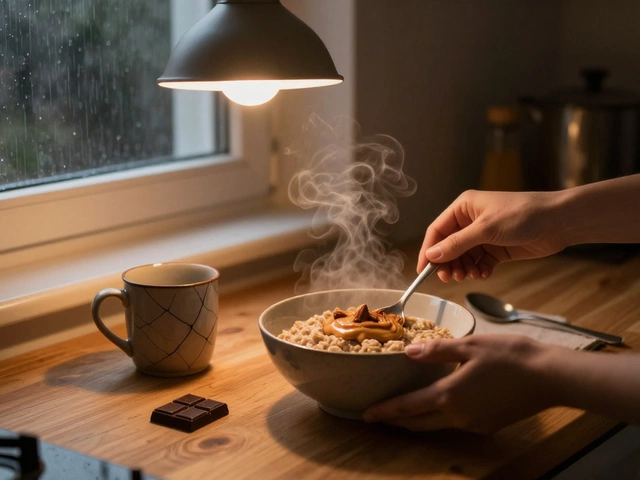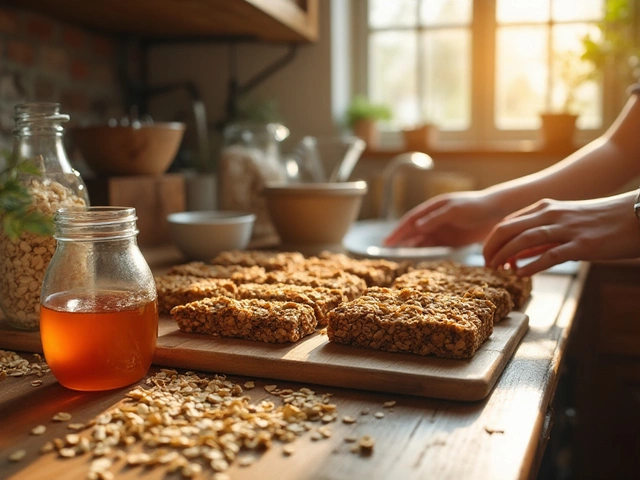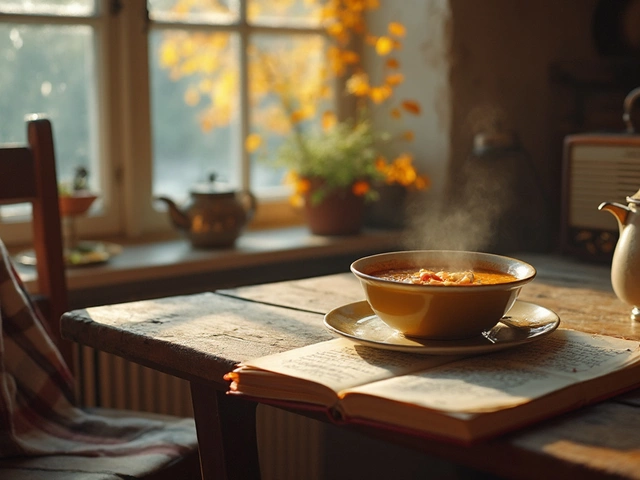
Slow Cooker Cooking Time Estimator
Select Your Meat Cut
Recommended Cooking Time
Cooking Temperature: Low (170°F / 77°C)
Tip: For best results, sear the meat before slow cooking to enhance flavor. Cook on the low setting for maximum tenderness.
Trying to figure out which piece of meat will actually turn into melt‑in‑your‑mouth goodness after a few hours in the slow cooker? You’re not alone. The right cut is the secret that separates a dry, tough dinner from a juicy, fork‑tender feast.
Key Takeaways
- Choose cuts with plenty of connective tissue - they break down into gelatin and keep the meat moist.
- Beef chuck, pork shoulder, lamb shoulder, brisket, short ribs, oxtail, round roast, and chicken thighs are proven winners.
- Trim excess fat but leave a thin layer to add flavor and prevent sticking.
- Sear before slow cooking for deeper flavor, unless you’re short on time.
- Low and slow (low heat, long time) is the recipe for tenderness.
Why cut choice matters in a slow cooker
A slow cooker operates at a gentle temperature, usually between 170°F (77°C) on low and 200°F (93°C) on high. At these temps, muscle fibers don’t break down quickly. What does break down is collagen - the connective tissue that turns into gelatin. Cuts rich in collagen become silky and moist, while lean cuts stay stiff and dry.
Best Beef Cuts for Slow Cooking
Beef is the go‑to protein for many slow‑cooker fans because it has a range of well‑marbled options. Here are the top choices.
Beef Chuck is a shoulder‑area cut packed with marbling and connective tissue. When cooked 8‑10hours on low, it shreds like pulled beef, making it perfect for stews or tacos.
Pork Shoulder (also called pork butt) contains generous fat and collagen. A 6‑hour low‑heat cook yields fall‑apart pork for sandwiches or curries.
Lamb Shoulder offers a rich, slightly gamey flavor. Cook it 7‑8hours low and you’ll get tender pieces that soak up herbs and spices beautifully.
Beef Brisket is a flat muscle from the chest. Its thick fat cap protects the meat, and after 10hours low it becomes buttery soft - ideal for BBQ‑style recipes.
Short Ribs are cut from the rib area and have a high proportion of bone‑marrow and connective tissue. They need about 9hours low for a melt‑in‑the‑mouth finish.
Oxtail is the tail of a cattle, loaded with gelatin. Simmer 10‑12hours low and the broth turns silky, while the meat pulls away from the bone.
Beef Round Roast is a leaner cut from the rear leg. It works if you add extra liquid and cook 8hours low, but it won’t be as rich as chuck.
Chicken Thighs (skin‑on) stay moist due to higher fat than breasts. Six hours on low yields fall‑off‑the‑bone texture, perfect for salsa or curry sauces.
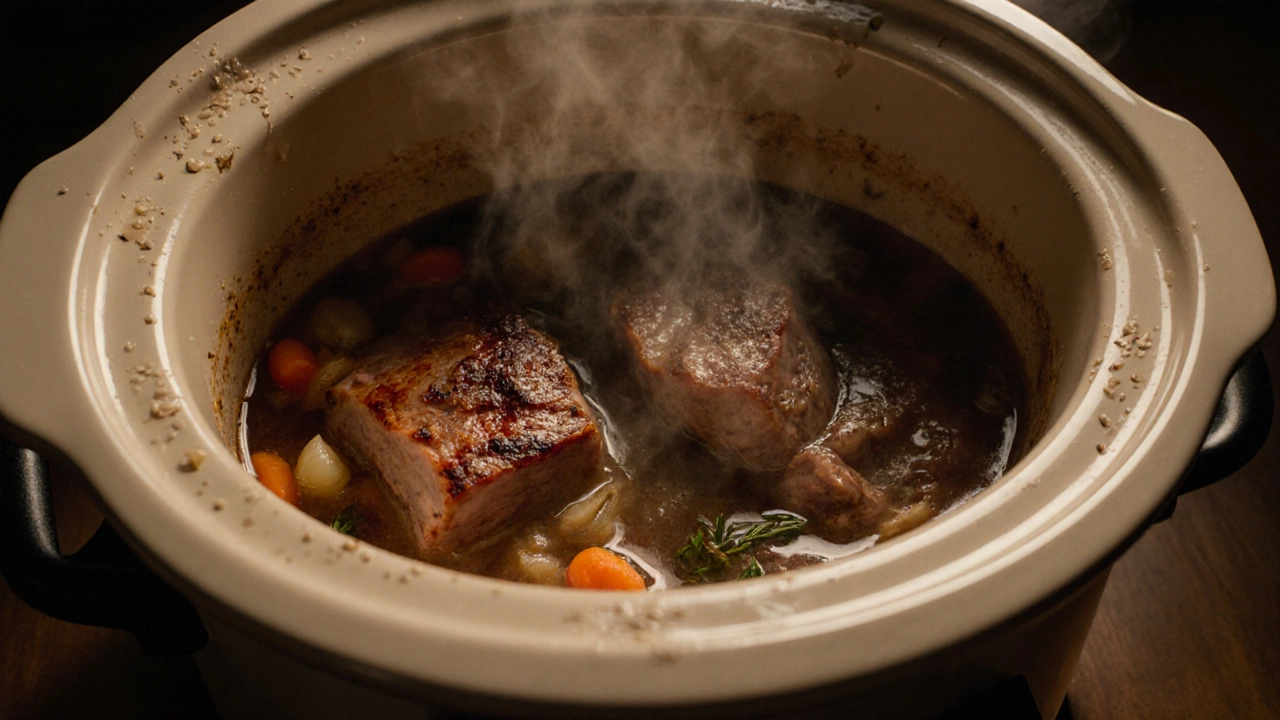
Best Pork Cuts for Slow Cooking
Besides the shoulder, a few other pork pieces shine in a slow cooker.
- Pork Belly - layered fat makes it succulent; cook 5‑6hours low for crispy‑outside, melt‑inside.
- Pork Neck (Collar) - similar to shoulder with lots of connective tissue; 6‑7hours low produces juicy shreds.
Lamb and Other Options
While beef and pork dominate, lamb and even game can be slow‑cooked.
- Lamb Shank - bone‑in, rich flavor; 9‑10hours low creates a silky broth.
- Goat Shoulder - popular in Caribbean dishes; 8‑9hours low yields tender meat that absorbs spices well.
Prep and Cooking Tips for Maximum Tenderness
- Trim excess silver skin but keep a thin layer of fat; it melts into the liquid and adds body.
- Season generously before searing - salt helps draw out moisture that later becomes broth.
- Sear each piece in a hot pan for 2‑3minutes per side. It’s optional, but the Maillard reaction adds depth.
- Don’t overload the cooker. Fill it no more than three‑quarters full so steam can circulate.
- Add aromatics (onion, garlic, carrots) and a splash of acid (wine, tomato, vinegar) to balance richness.
- Use the “low” setting for most recipes. High can work if you’re short on time, but expect slightly tougher results.
- Let the meat rest 10minutes after the timer dings. Resting redistributes juices and prevents them from spilling out when you serve.
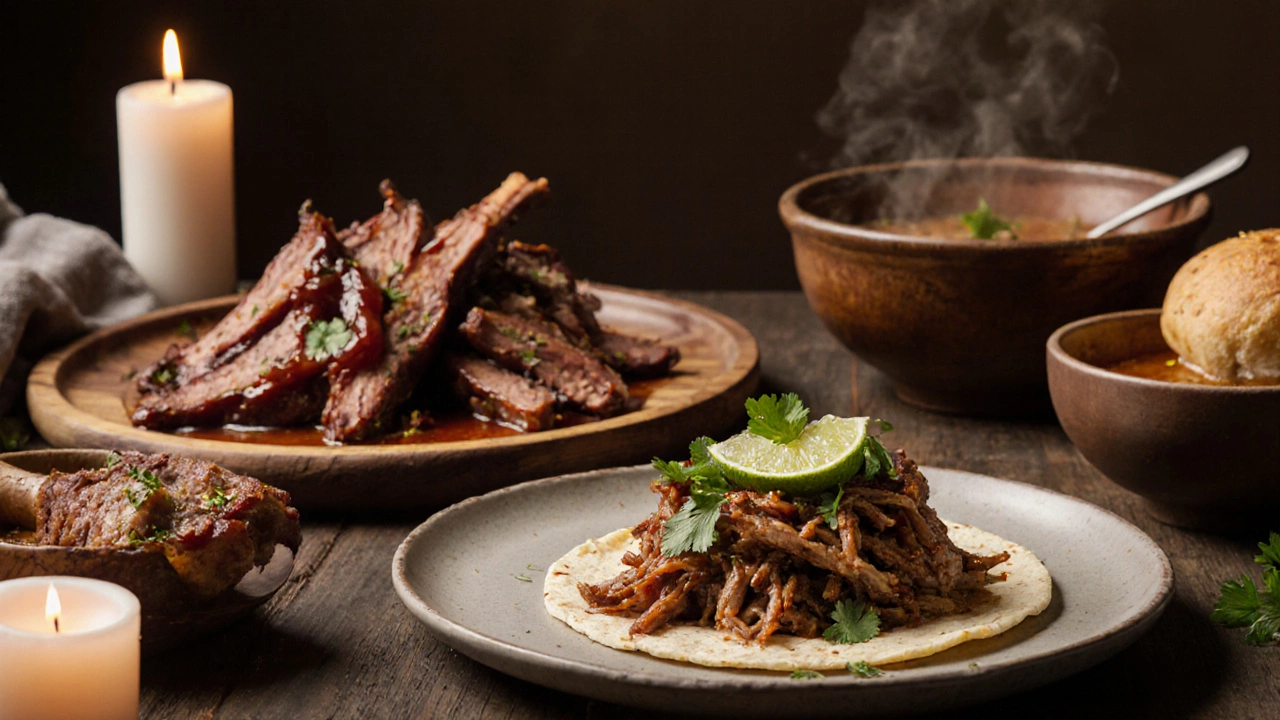
Quick Cheat Sheet: Cut vs. Cooking Time
| Meat Cut | Typical Low Setting Time | Key Trait |
|---|---|---|
| Beef Chuck | 8‑10hrs | High collagen, excellent shredding |
| Pork Shoulder | 6‑7hrs | Fat‑rich, falls apart |
| Lamb Shoulder | 7‑8hrs | Rich flavor, tender |
| Beef Brisket | 10hrs | Thick fat cap, buttery |
| Short Ribs | 9hrs | Bone‑marrow, gelatinous |
| Oxtail | 10‑12hrs | Gelatin‑heavy broth |
| Beef Round Roast | 8hrs | Leaner, needs moisture |
| Chicken Thighs | 6hrs | Moist, flavorful |
Common Mistakes & Pro Tips
Even seasoned cooks slip up. Spot the pitfalls and fix them.
- Skipping the sear: You lose flavor, but if you’re in a rush, add a splash of soy sauce or Worcestershire to the broth.
- Using too‑lean cuts: They stay dry. If you love a lean profile, combine with a bit of broth or add diced potatoes to absorb moisture.
- Opening the lid too often: Every peek drops temperature by 15‑20°F, extending cooking time.
- Cooking on high for the whole time: Fast but not tender. Reserve high only for the last 30minutes if you need a thicker sauce.
- Not adjusting for altitude: Higher elevations need longer cooking; add 15‑20minutes per 1,000ft.
Frequently Asked Questions
Can I use a lean steak in a slow cooker?
Lean steak lacks the collagen that turns into gelatin, so it usually ends up tough. If you must, slice it thinly, add extra liquid, and keep the cook time short (3‑4hrs low).
Do I need to add water or broth?
Yes, at least a cup of liquid is needed to create steam and prevent burning. Broth adds flavor; water is fine if you season well.
Is it safe to put raw meat directly into the slow cooker?
It’s safe, but searing first reduces the risk of bacterial growth and improves taste. If you skip searing, make sure the cooker reaches at least 165°F (74°C) inside.
What’s the difference between “low” and “high” for tender cuts?
Low cooks at about 170°F (77°C) and lets collagen dissolve fully. High is around 200°F (93°C) and cooks faster, but tough fibers may not break down completely.
Can I freeze cooked slow‑cooker meat?
Absolutely. Cool it quickly, store in airtight containers, and use within 2‑3months for best texture.
Pick the right cut, follow a few simple steps, and you’ll get best cuts for slow cooker results every time. Happy slow‑cooking!

